Day 5-7 – Queen Elizabeth National Park
Day 5 begins a little hungover as we drank the night away the night before. We leave Lake Bunyonyi with amazing memories of our Gorilla trekking and head towards the Queen Elizabeth National Park for some game viewing. We’re told the drive is five hours but then again, this is Africa and ANYTHING can happen. And of course, something did happen.
African standoff in Uganda

After driving for a few hours, we reach a mining site where there are detours galore. Of course, this is Africa and there is no order or structure to the detours and a shitshow ensues. At normal construction sites, if a road is too small for two vehicles to pass, one side of vehicles will go while vehicles going the other way and there’s someone facilitating everything. Not the case in this place. We’re a big truck as it is and we come face to face with an equally big dump truck that doesn’t want to back up. For some ridiculous reason, aka, this is Africa after all, our truck had the right of way but as we pulled forward so did the oncoming truck, causing our trucks to touch and create a huge traffic jam.

We all got out to survey the scene and soon, the entire village it seems was checking out our situation. I suppose there could have been far more boring delays on an overland trip; this one at least was a little entertaining. We talked with the locals for almost an hour before finally an excavator came and sorted everything out.
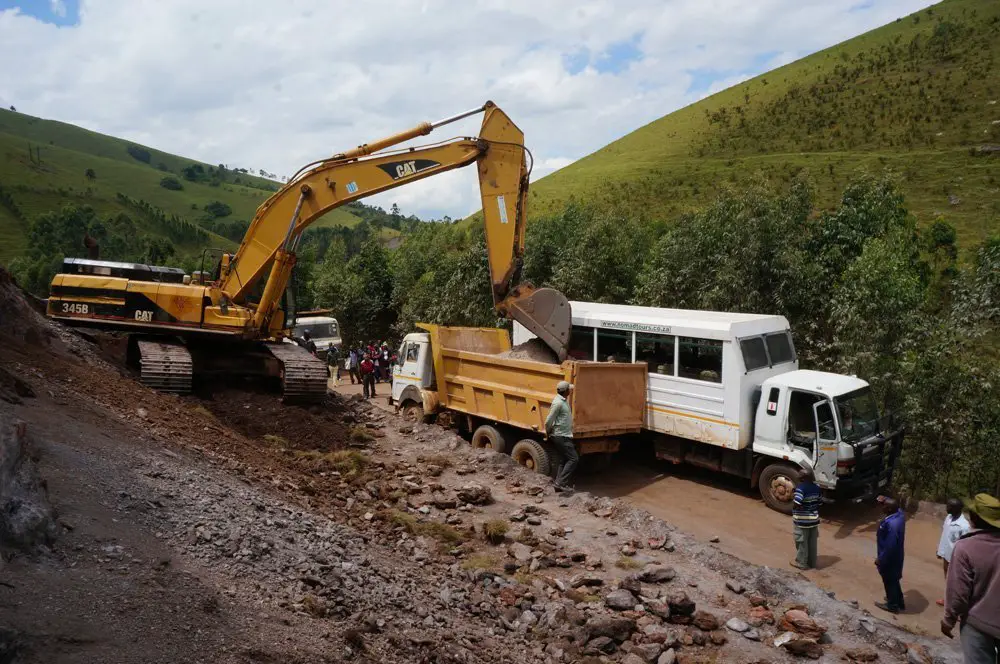
Queen Elizabeth National Park
As we drive past the construction site, we are close to our camp for the night at the Queen Elizabeth National Park, Uganda’s most visited game reserve. As we approach, we see the scenery shift towards a vast, open, green landscape with many trees and savanna that stretched out for miles. It reminded me vaguely of the Serengeti with its quintessential African open plains, teeming with wildlife but it was far greener with many more trees. The landscape is truly spectacular.


Hippo Hills Campsite
Our campsite for the next two nights is located right near a local village and Lake Edward, where hippos are in abundance. The campsite is nothing fancy but there is an option to upgrade to a lodge for 50$ a night per lodge (each lodge can hold up to 4). The unique aspect of this lodge is how close it is to the water. Hippos call Lake Edward home and you can see them during the day but it’s at night when they come on land to eat. They can walk up to 30km from the water in one night to look for food! There’s plenty of warnings here that hippos frequently visit the campsite and they are 100% correct.
We saw hippos both nights and in extremely close proximity (10m from us). Hippos are not to be messed with either as they kill so many humans. When night fell, I walked around the campsite and the hippos were just there. I about shit my pants and started running the other way. We saw at least ten of them and could hear their laugh-like sounds the entire night. For this reason, people need to carry flashlights at all times and for the less adventurous, upgrade to a lodge.
Walking around the village
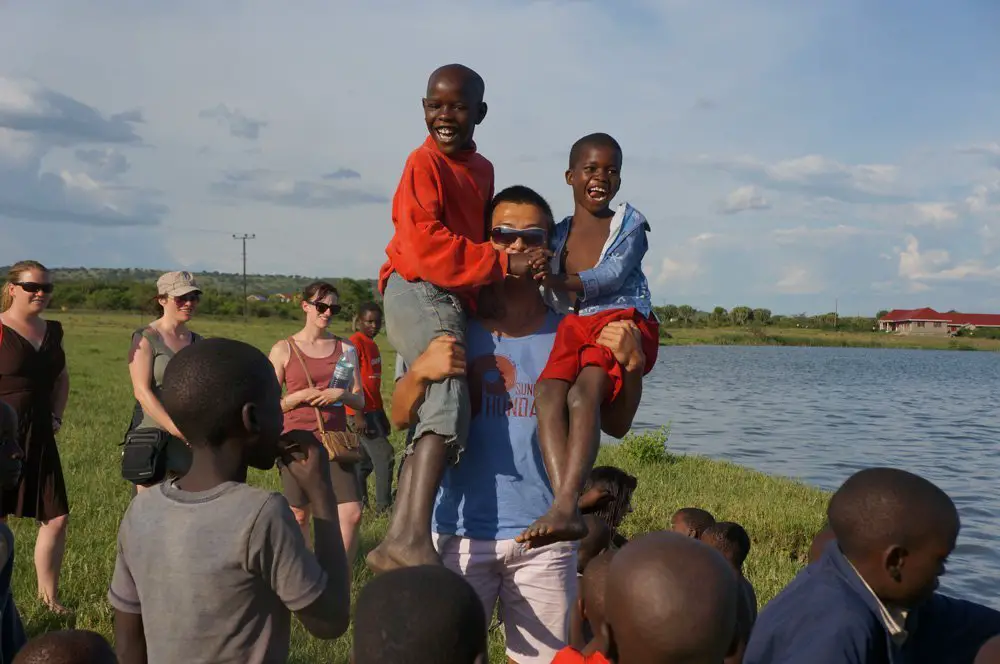
The campsite is situated right next to a village full of kids. As we walked towards the water to check out the hippos, we were immediately swarmed by kids wanting to play with us. I couldn’t say no to throwing these kids in the air a few times but beware that as soon as you give a little attention, they will follow you for the rest of the day. The way I see it is what’s a little bit of physical activity to make one of these kids smile? They don’t have much in life but if I can make their day just by giving them my company, then that’s reason enough for me.
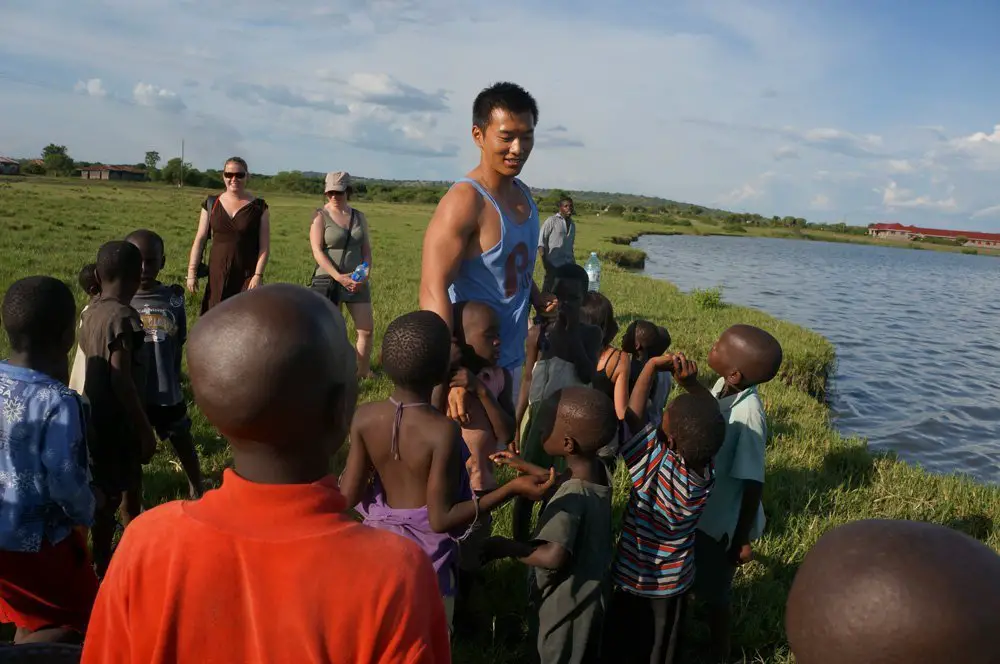
Game Drive in Queen Elizabeth National Park
We started our game drive in the Queen Elizabeth National Park at 6am the next morning. It would be the only game drive of our stay. I’ve done so many of these game drives that I been spoiled by so many good experiences. Our guide wasn’t very helpful on this drive but it seems that it is best to view game here when it is not the wet season. Just like the Etosha National Park in Namibia, wet season means the animals are hiding.
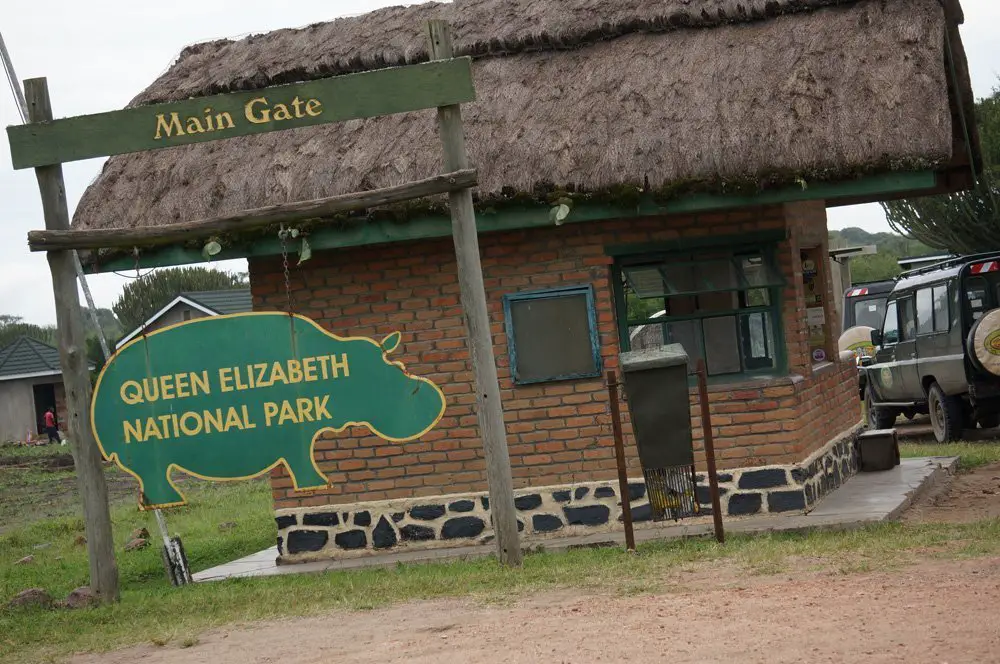
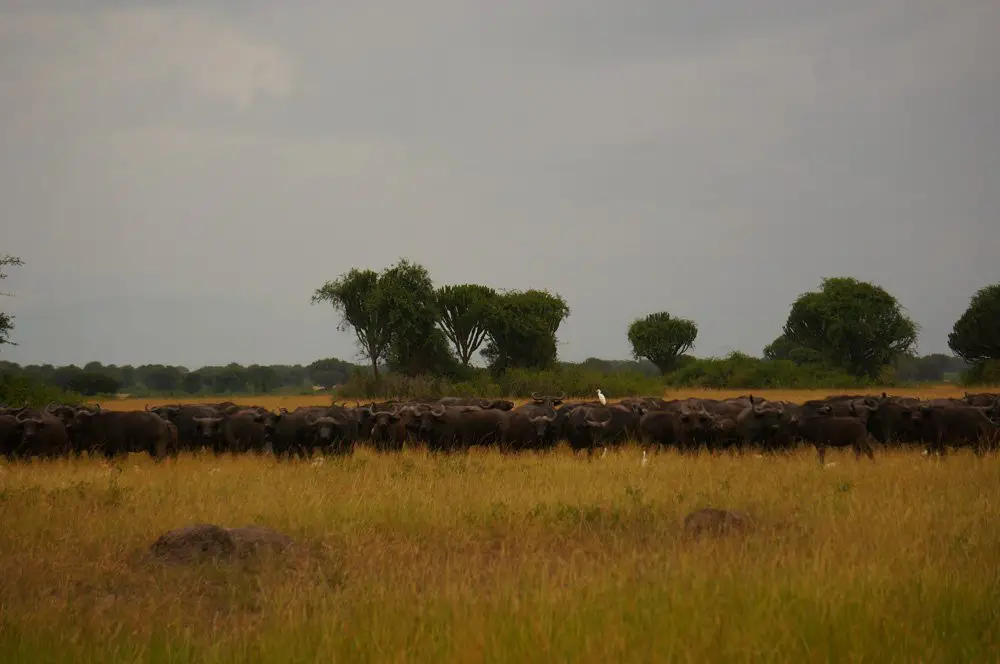

We didn’t see much. A few impalas, a small herd of buffaloes, three elephants, and two hippos. The park is famous for its tree climbing lions but we did not see any. There are also no giraffes, rhinos, or cheetahs in this park. The park is also large in land size but has a small animal count. Nevertheless, the scenery is beautiful and had animals been more plentiful, this place would be something special.
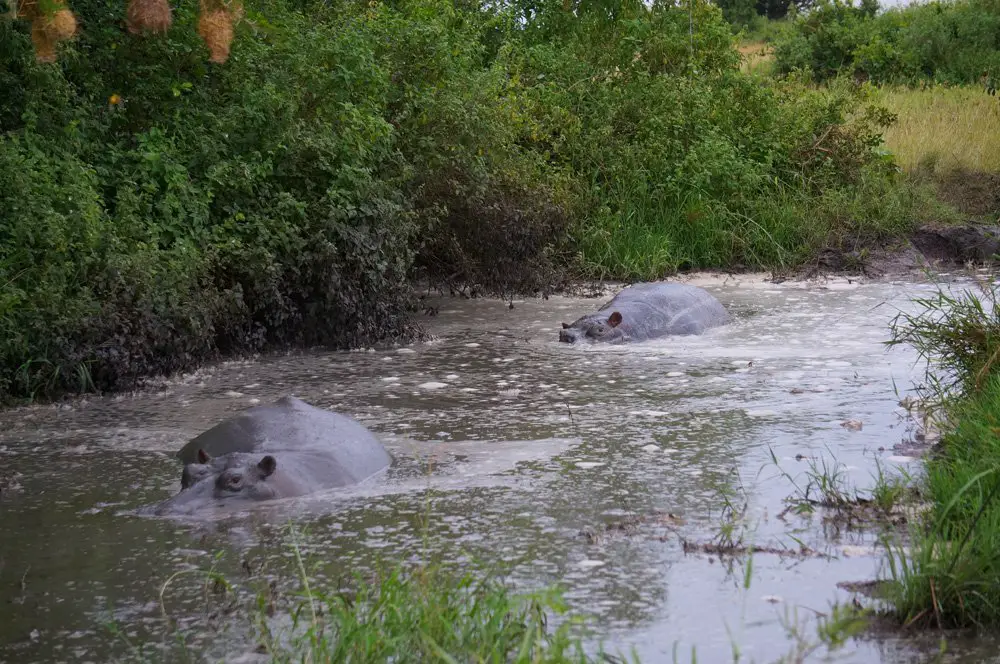
It rained near the end of our drive and we were all a little bored from not seeing many animals that we just turned back. We finished around 11, just in time for dinner and to plan out the next excursion.
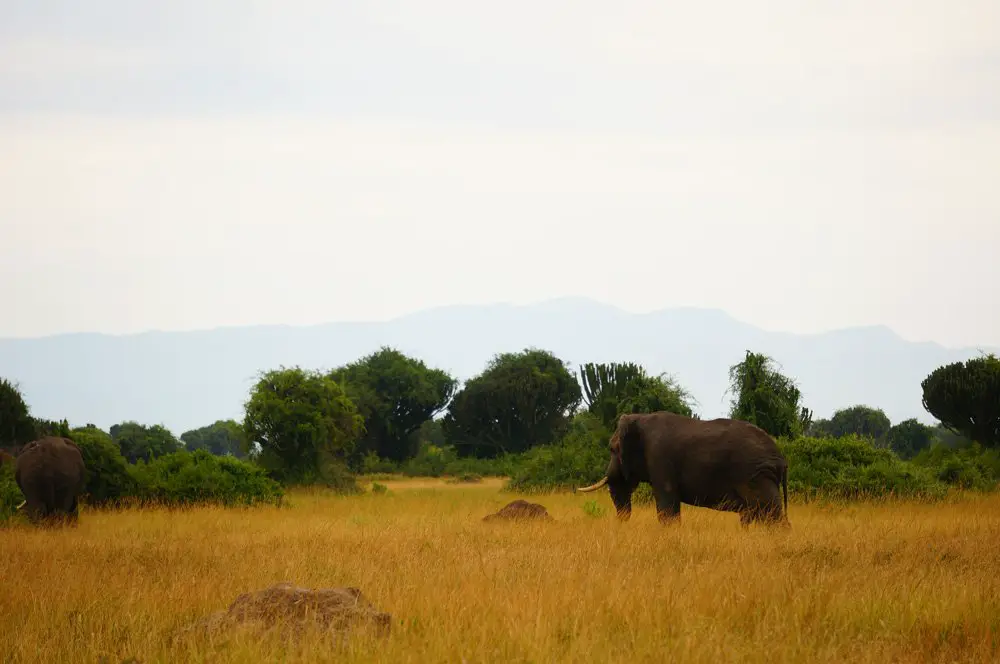
Chimpanzee Trekking at Kyambura Gorge

This trek is not included in the price of the Nomad tour but it is an very worthwhile optional activity to consider. When else will you see chimps in their natural habitat? The trek is done at Kyambura gorge located right next to the Queen Elizabeth. There are other places to do this in Uganda as well like Kibale national park and Murchison Falls,

The cost is 70$ (50$ for the permit and 20$ for transportation) which is a steal compared to the cost for the gorilla permits. Essentially, it’s the same trip where you are walking through dense forest to look for apes. The Kyambura Gorge is much smaller in size than the Bwindi but as I descended into the forest, I felt like I was gorilla trekking all over. Again, all the gorilla trekking tips apply to this trek as well, especially if it’s raining.
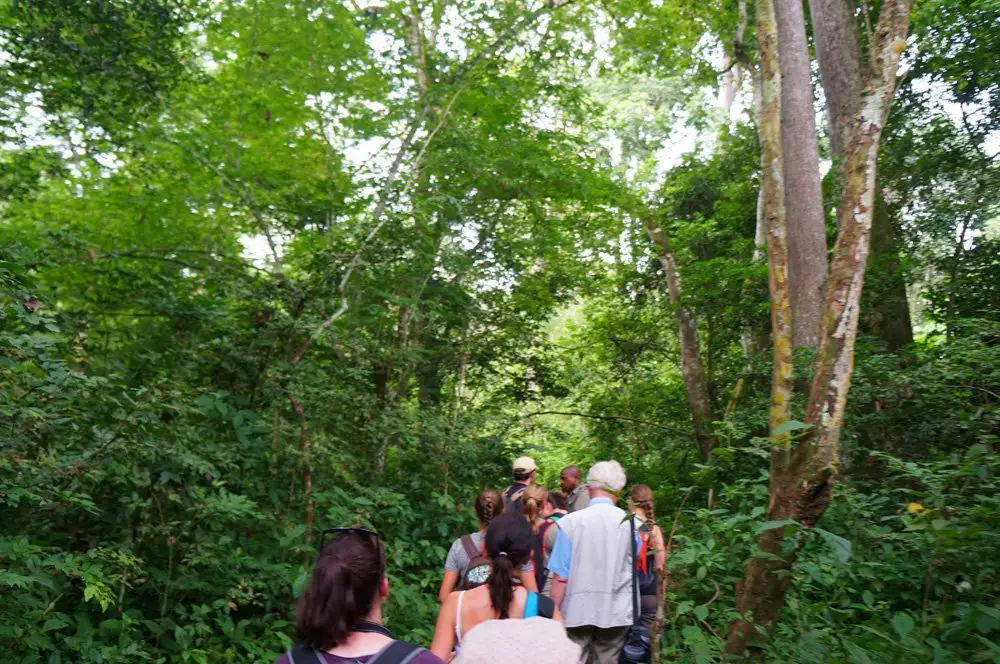
There are hippos and leopards in this park so there is a ranger with an AK guiding the group at all times and two other trackers that scout the park. There are only 20-25 chimps in this forest so it is not a 100% guarantee unfortunately. I was reading through reviews before this trip, trying to decide whether I wanted to do it or not as I read many negative reviews of people not seeing anything but really? It’s 70$ and even a chance of seeing wild chimps up close is worth it to me.
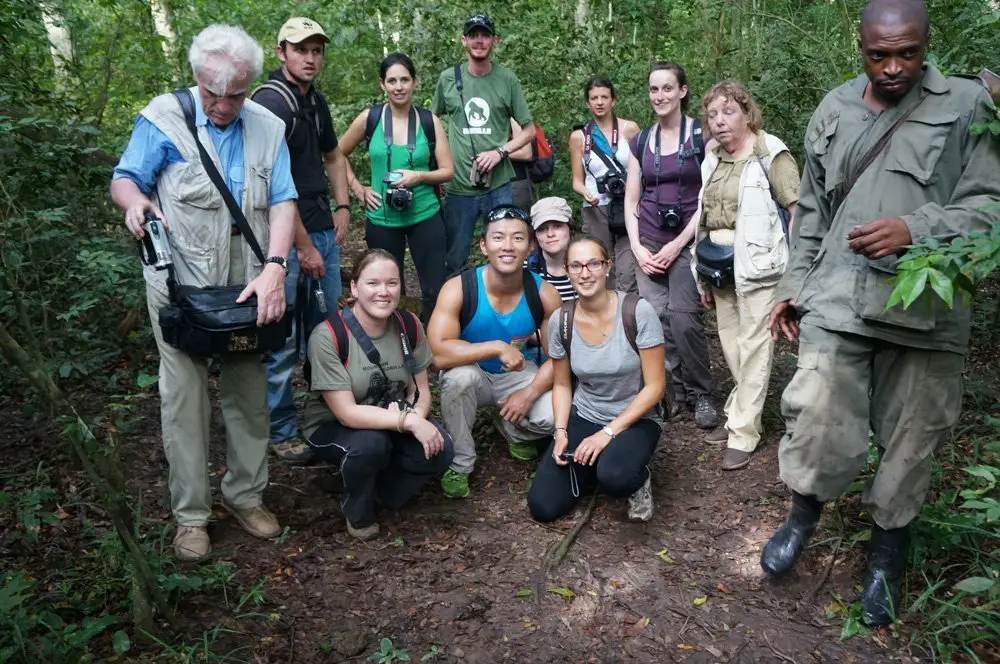
The hike starts off at spot where the trackers deem best and as we descend, it reminds me of the Gorilla trekking all over again. There for more mosquitoes in this park but the foliage was not as thick as in the Bwindi. We walked around for almost an hour before anything really happened. The trackers did a very good job on this day and soon we heard the distinctive shouts of a chimp. The rangers told us to run as chimps don’t stroll around leisurely like gorillas so we ran after them. After ten minutes of back and forth running, we spot some chimps climbing up trees in the distance and then finally see one close (about 10 meters away).
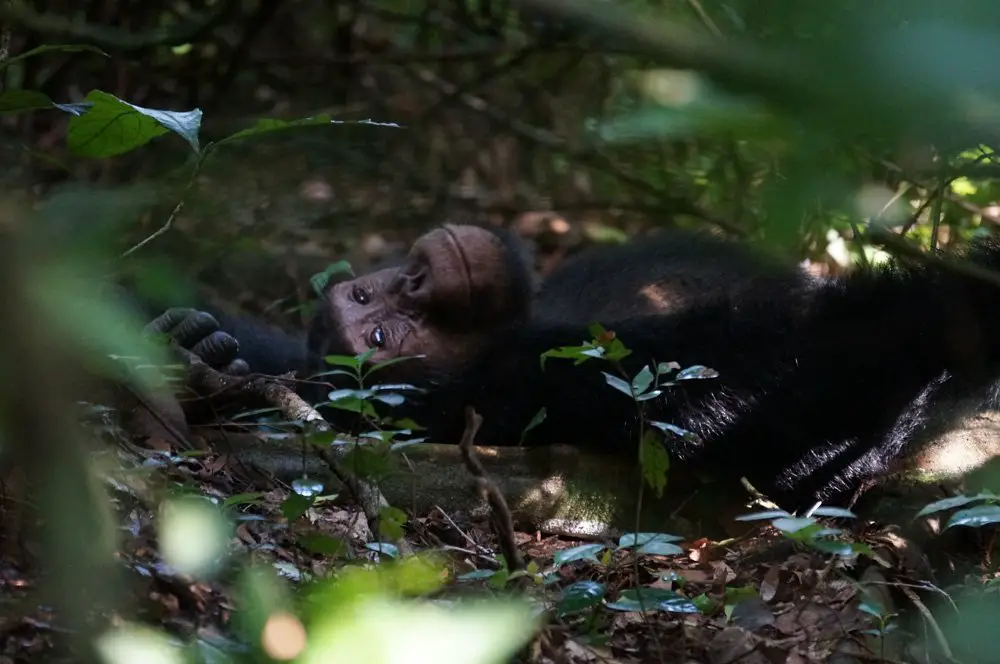

It’s amazing how human-like they are. This one in front of us was just chilling looking up at the sky and proceeded to put his hand behind his head like people do to create a make-shift pillow. We hung around him for a few minutes taking many pics before finally moving on. It wasn’t long before we came to another chimp that was only five meters from us but this one wasn’t hiding in any bush; it was in plain sight.
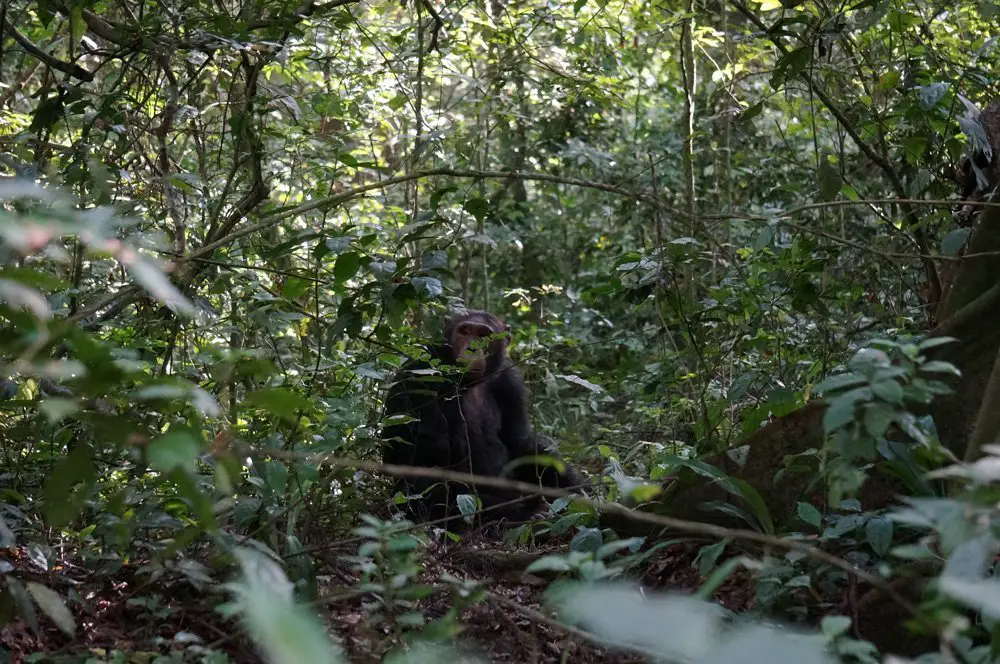
Next thing I know, this chimp is running right towards us and the ranger kept yelling to us DO NOT MOVE. Of course, my first inclination is to get the hell out of its way but apparently chimps see that as a sign of fear and may attack, and chimps can rip a person apart. I stood still as the tree next to me but not before I was almost ready to pee myself as I was the closest person to the chimp. It ran straight towards me, jumped onto a tree branch, and ran away.


We walked in the direction of the chimp until we finally found the entire family. This was the best part of the trek as we were surrounded by so many. They were climbing the trees, running around, and communicating.
We’ve all heard the sounds of chimps many times whether it be in movies or at a zoo but hearing it in their natural habitat was something completely different. At this point, we had spent three hours in the park and were so satisfied by this point. We head back to the camp and this is the last night of the trip so a few drinks and reminiscing are in order!
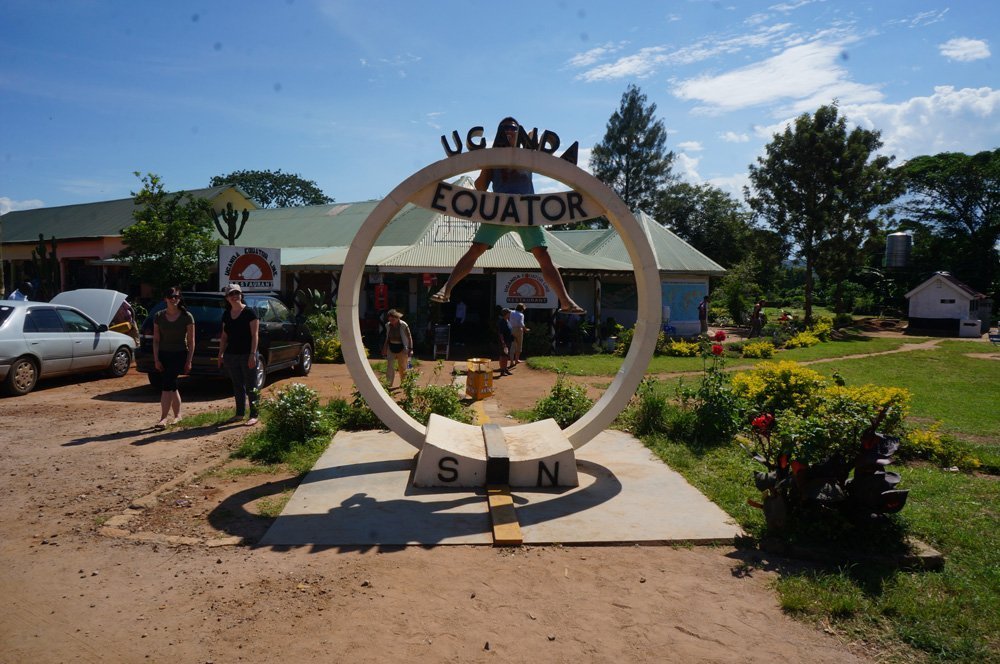

Ankole Cows and the world’s coolest cows
On our drive back to Kampala to end the tour, we passed through a herd of Ankole cows. These cows belong to a specific few tribes in Uganda, Rwanda, and Sudan. They are known for their absolutely massive horns reaching over 1m per horn! These cows are mostly docile as I got pretty close to them but the horns would make them seem otherwise.
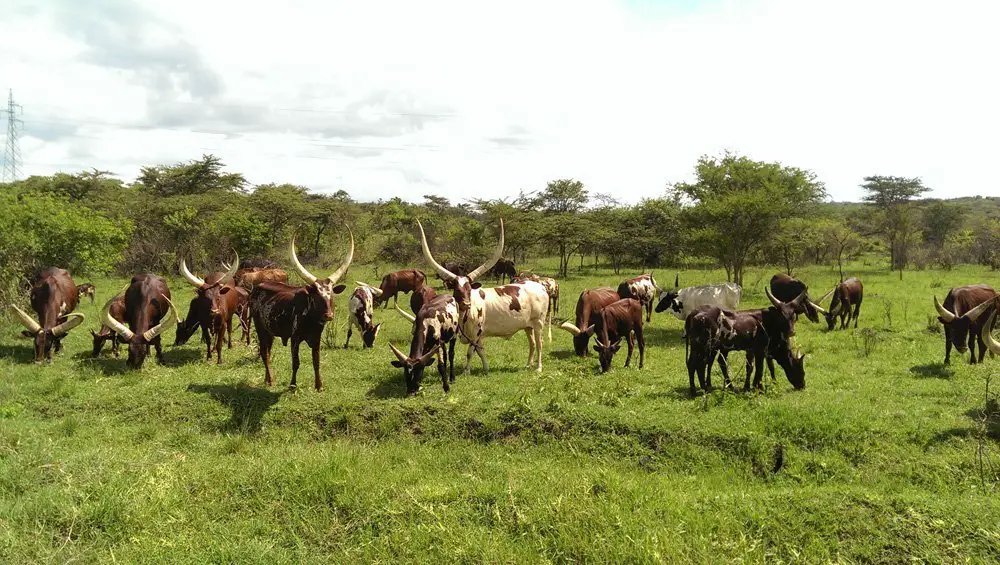



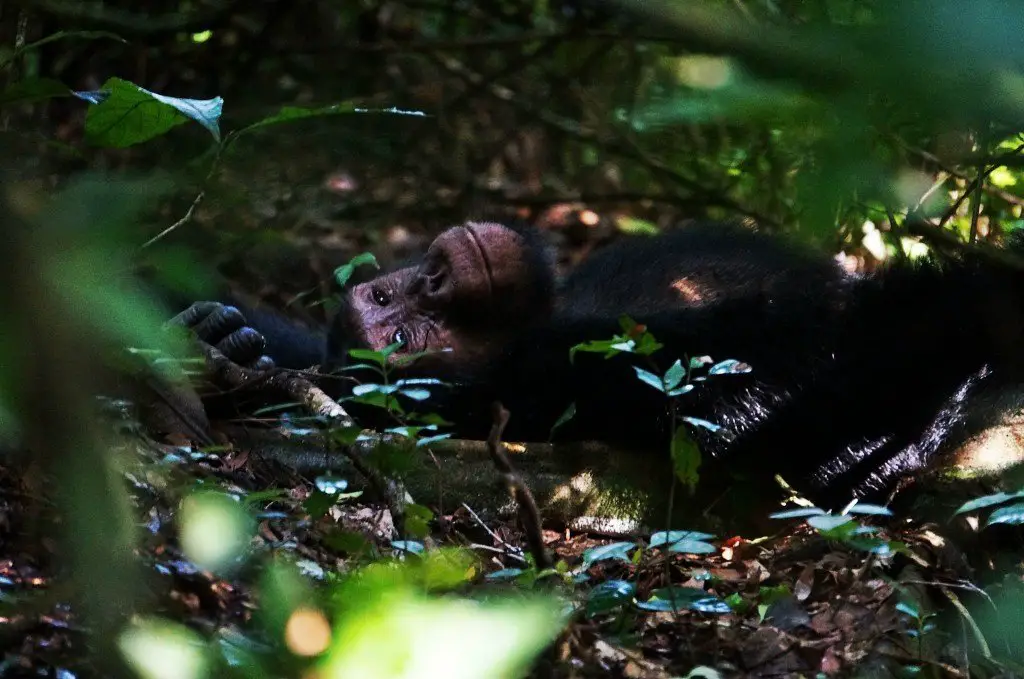
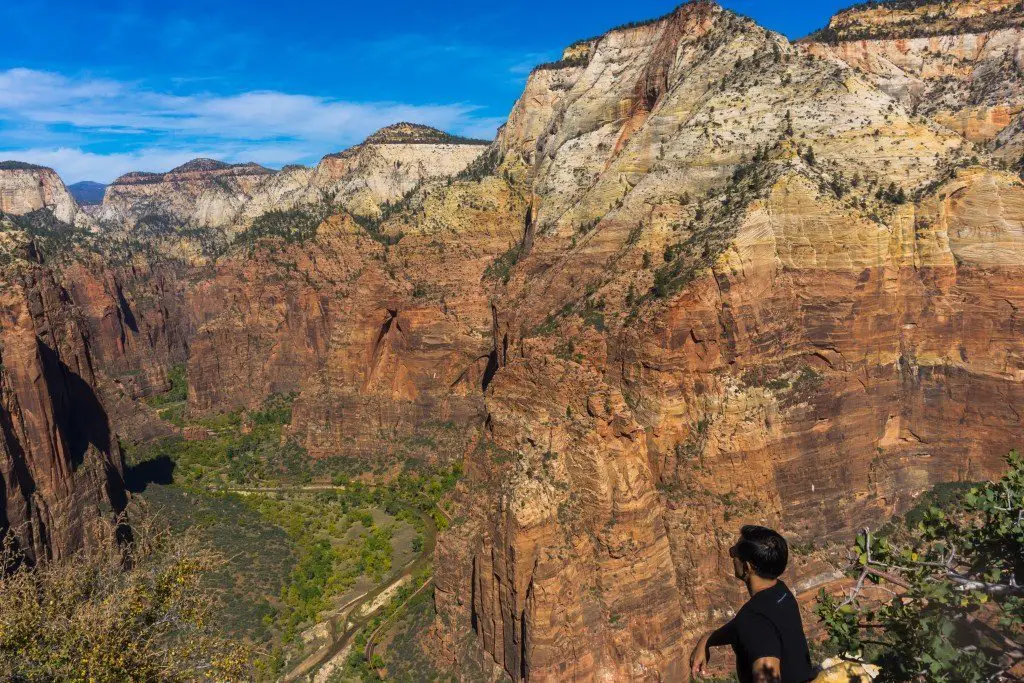
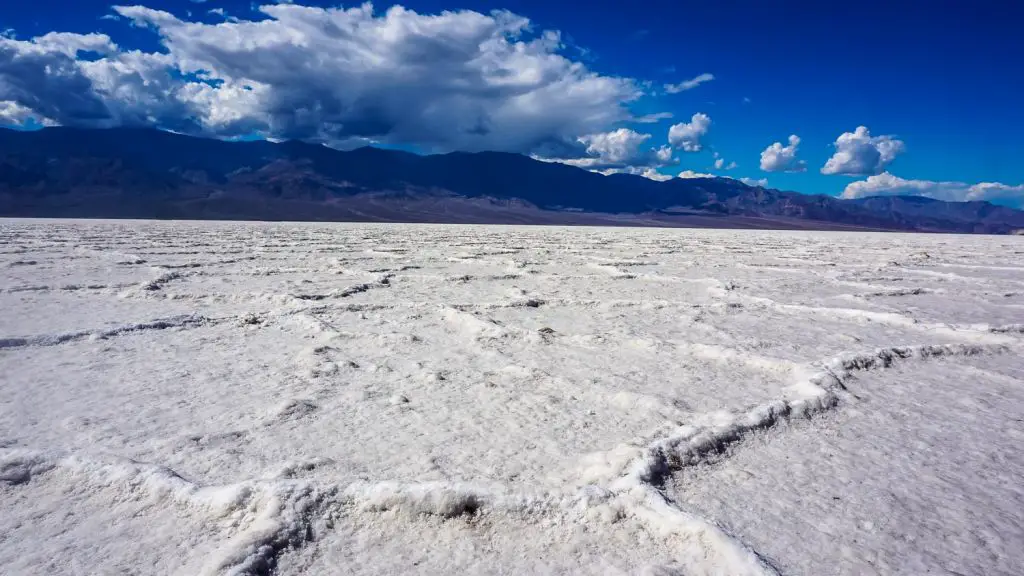
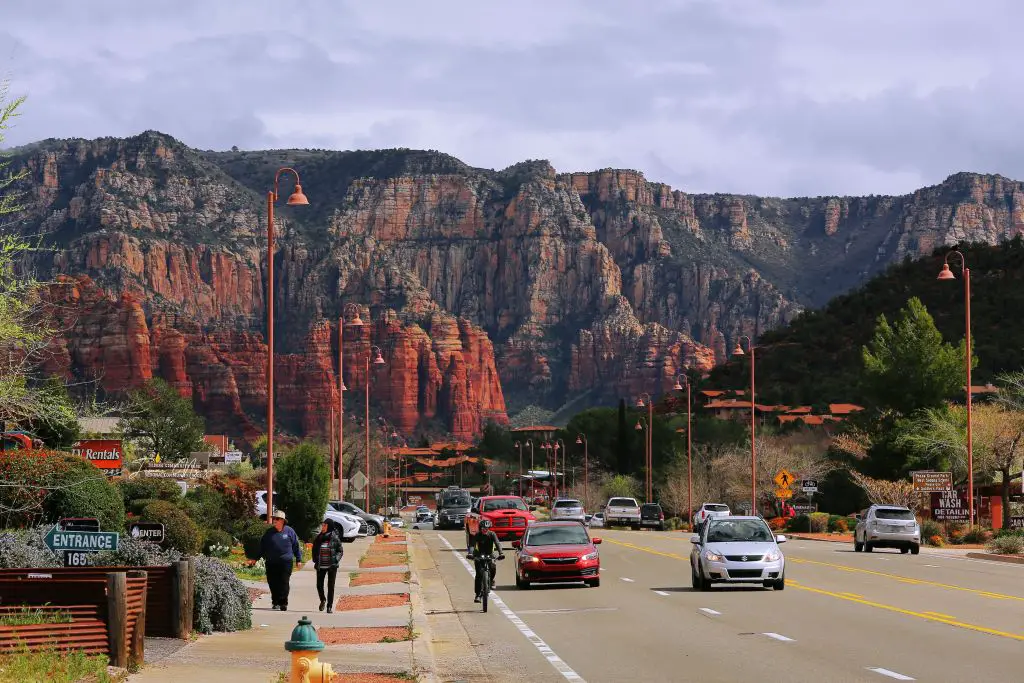
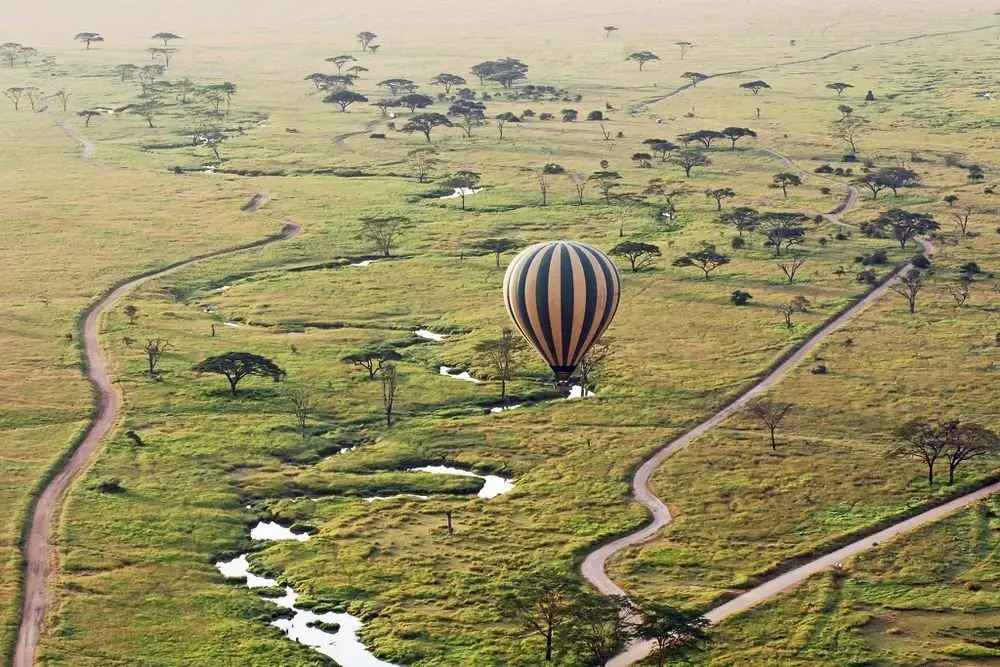
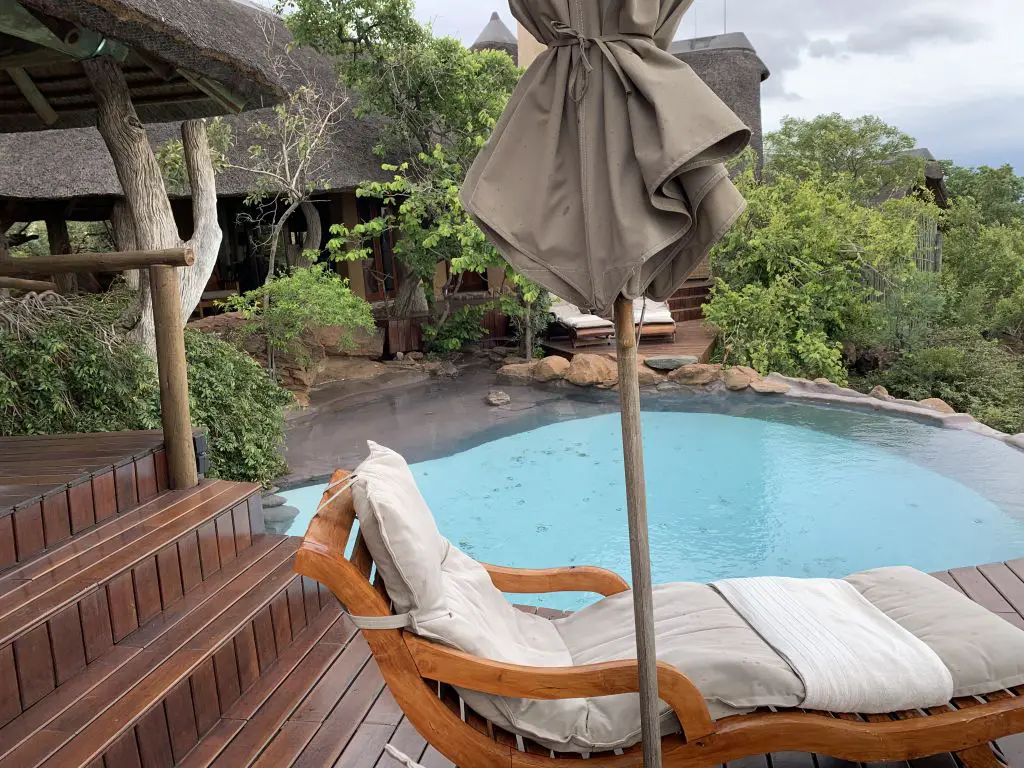
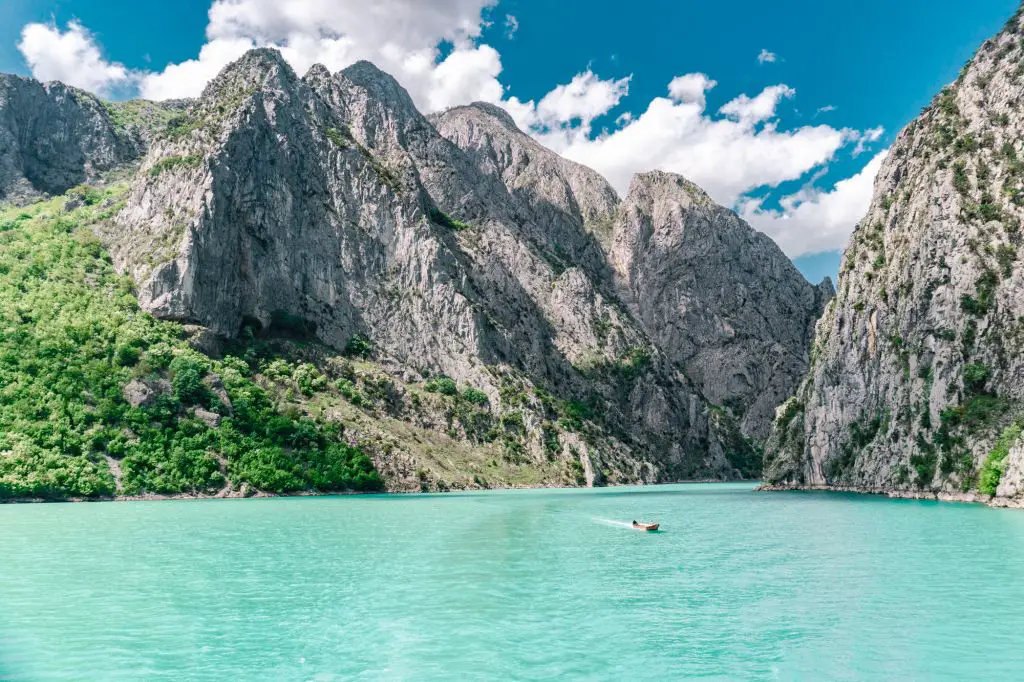

Johnny, You really had fun here in Uganda.T he best experience I had was when I went to kyabura gorge, Its like I was surrounded by the chimpanzees
That was the best experience have ever had.
You really had the best safari if you also went to Queen Elizabeth,
Awesome, keep the good work
Hi there! Yes the chimp hike was certrainly one of the highlights of my trip, not to be slightly outdone by the gorilla trek of course 🙂
I’m glad you had a great time though!